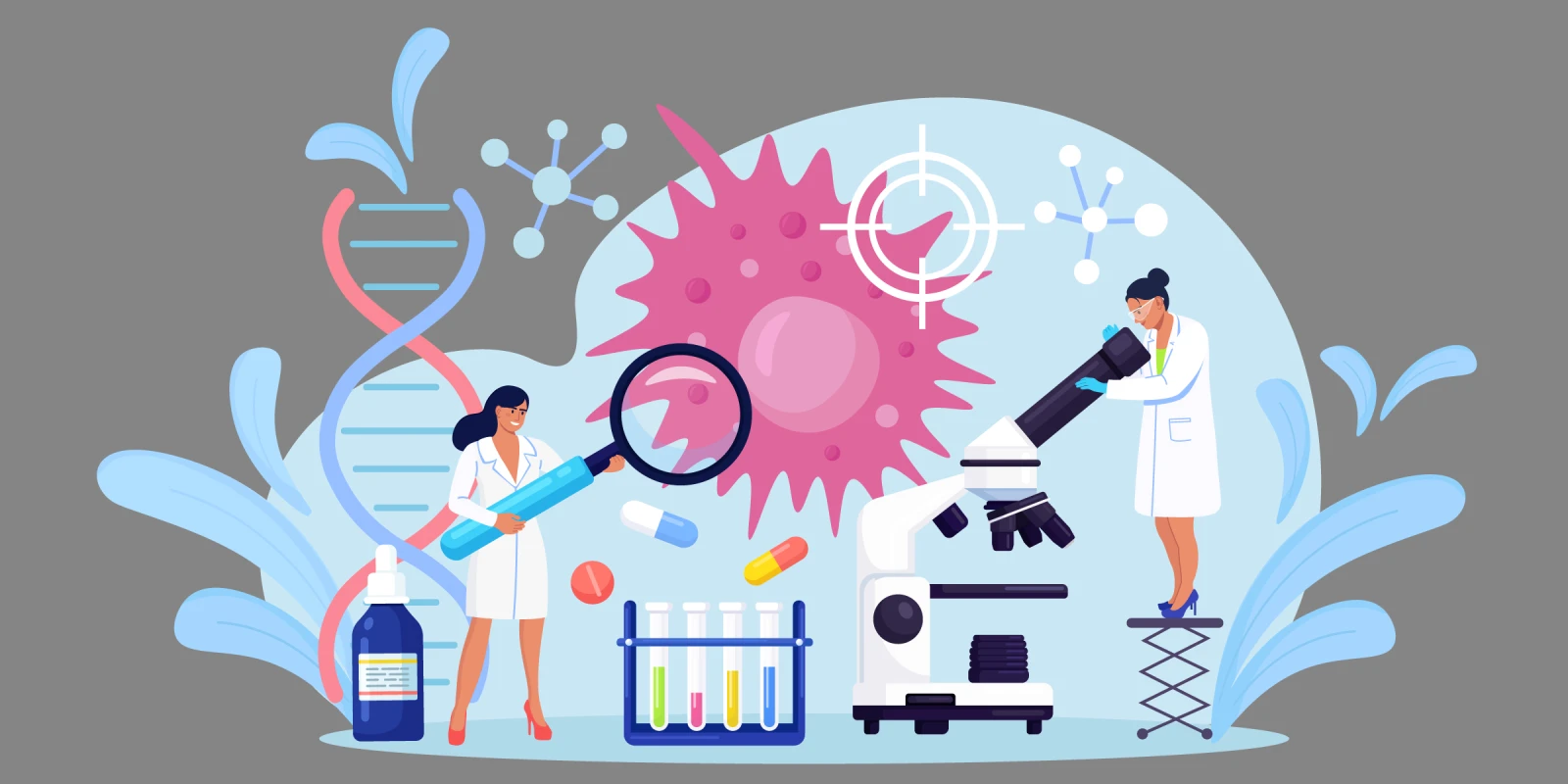Any hematologic oncologist who has ever diagnosed a patient with a hematologic malignancy has likely faced the following questions, not infrequently, “How did this happen? And what does this mean for my family?” To open the Society of Hematologic Oncology Ninth Annual Meeting program on acute myeloid leukemia (AML), Dr. Lucy Godley addressed precisely these important questions in her review of our current understanding of hereditary hematologic malignancies (HHMs). Contrary to what most hematologists were taught during training, germline predisposition to hematologic malignancies is both under-recognized and under-appreciated. Over 20 genes have been linked with heritable hematologic malignancies (HHMs). Studies have suggested that approximately 5% of adult myelodysplastic syndrome (MDS) and AML patients may have inherited mutant alleles, which predisposed to AML or MDS development. With the increasing availability of precision medicine techniques to identify new mutations and syndromes, this number is likely to increase. In fact, Dr. Godley reports that HHMs are detected in patients with a personal history of two or more cancers, one of which is a hematologic malignancy approximately 20% of the time.
There are many barriers to the recognition and diagnosis of HHMs. The demands of a busy clinic schedule full of sick patients with hematologic malignancies certainly contribute. Detailed family history information may not be readily available or known, which is compounded by many syndromes having incomplete penetrance. Dr. Godley also notes correctly that when these disorders present in adulthood, as opposed to in childhood, it may be incorrectly assumed that predisposing genetic lesions are either not present or not contributory. Without a high index of suspicion, these conditions will continue to go undiagnosed, which only further ingrains the idea that they rarely occur. Additionally, hematologists’ discomfort with recognizing and diagnosing these syndromes also plays a role. The gold standard for diagnosis of HHMs is the sequencing of DNA obtained from cultured skin fibroblasts, which is not logistically or technically feasible at all centers.
Which patients should be screened for hereditary hematologic malignancies has not been prospectively examined. Dr. Godley posits the following criteria: those with multiple cancers in a single individual, a diagnosis of a hematopoietic malignancy at a younger age than expected, a family history of malignancy (either hematopoietic or solid tumor) diagnosed at age <50 years and within two generations of the proband, and other family histories of hematopoietic abnormalities.
Obtaining an accurate understanding of patients’ germline risk of hematologic malignancies is paramount, as Dr. Godley argues, for many reasons, not least of which is proper donor selection for allogeneic stem cell transplantation. Given that many familial risk syndromes go unrecognized, family members are typically the preferred donors, and most patients undergoing allogeneic stem cell transplant are being treated for a cure, the potential implications of selecting a donor who may share an undiagnosed HHM are ethically fraught and potentially devastating for both patient and donor.
There have been reports of donor-derived leukemia in the literature. Additionally, as Dr. Godley notes, transplanted hematopoietic stem cells with predisposing genetic lesions show poor mobilization, poor engraftment, and poor graft function, all of which increases the risks and decreases the benefit of transplantation. The dangers are not just to the recipient: undiagnosed donors carry an unrecognized increased risk of leukemia. Dr. Godley does not go so far as to argue for universal screening for potential donors, but, given our ever-increasing knowledge of the prevalence of HHMs and the risks outlined above, such screening should be highly considered in high-risk families.
The first step to learning how to best manage patients and family members with HHMs is recognition. Dr. Godley’s presentation rightly elevates this important issue, and — thankfully — more attention is being dedicated identification of HHMs in recent years. In doing so, the next set of questions arises: What is the natural history of individual HHMs, and who is at the highest risk for the development of hematologic malignancies? When and how should patients with high-risk genetic lesions be monitored? When and how should clinicians intervene? More prospective research in this area is desperately needed. In her published work, Dr. Godley raises the question of prophylactic allogeneic stem cell transplantation for high-risk patients, noting that it will be many years before the benefit — or lack thereof — of this approach could be demonstrated. Whether or not such interventions or others ultimately prove beneficial, patients with hematologic malignancies will continue to wonder “how they got this” and what their diagnosis may mean for their loved ones. As a field, we have the responsibility to answer their question as best we can.
Dr. Keiffer is employed by Sidney Kimmel Cancer Center, Thomas Jefferson University
Image by Buravleva stock / Shutterstock







